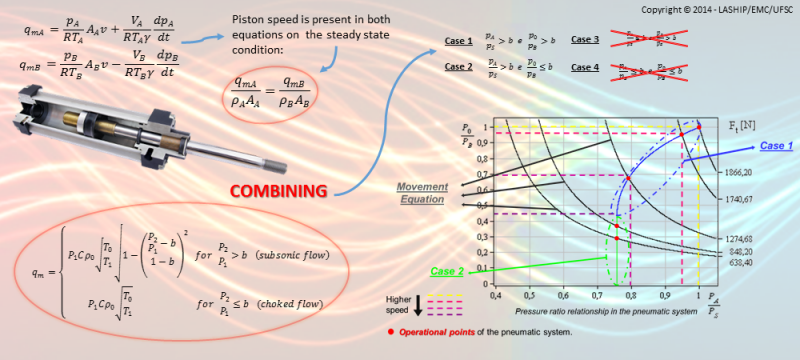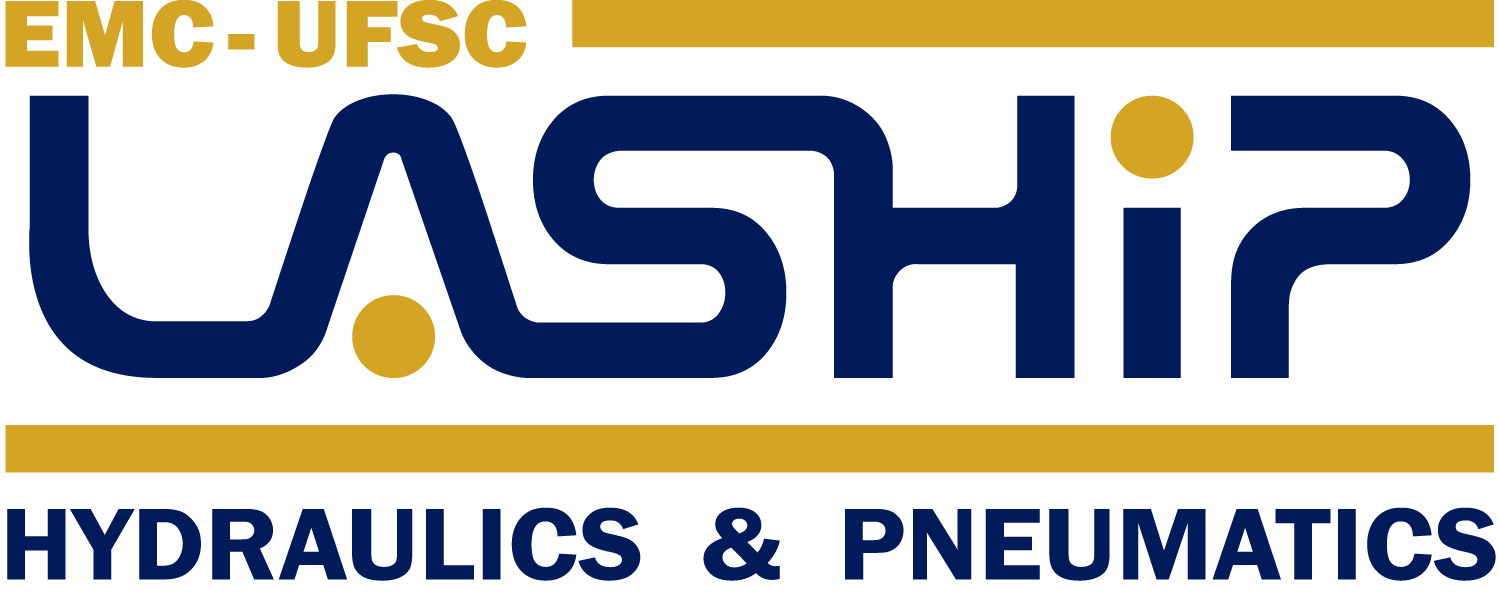Candidate: Lidiane Gonçalves de Oliveira
Program: UFSC / POSMEC
Date: December, 2009
Advisor: Victor Juliano De Negri
Abstract: Traditionally, the use of air in industrial applications and automation focuses on movements set by mechanical stops. This type of activity has found great success in these applications, but, however, to move where the aspired positioning is any fixed position along the cylinder stroke, systems of electric or hydraulic actuation are generally used. The friction and compressibility of the air lead to nonlinearities which make the pneumatic control difficult positioning applications in variable and, therefore, committed performance parameters such as response time and positioning accuracy. However, due to its relatively low cost, simplicity and availability of compressed air in most industrial environments, pneumatic servo systems have been proposed as an alternative to hydraulics servo systems low power. For this reason, many researchers work on improving the performance of pneumatic systems. Manufacturers of pneumatic components are also promoting the premise of high performance. The new component technology provides a higher performance, but it is considered, in this study, that the secret to success for pneumatic systems is the design of the system. This dissertation is in the initial study for the evolution of the design of pneumatic systems. The bottom line of this study has a support in determining the proceeding of the relations of the reasons the pressure in the chambers of cylinders of single and double action, both in advance and the retreat of the cylinder. These equations determine the curves of the points of operation of the valve and cylinder in different situations of loading under operating conditions in steady state. The validation of the mathematical equations is fulfilled, comparing with the results of dynamic simulation using MATLAB/Simulink®, using the model system with operation parameters.
OLIVIEIRA, L. G. de. Determinação de Pontos de Operação para Conjuntos Válvula-Cilindro Pneumáticos. 2009. Dissertação (Programa de Pós Graduação em Engenharia Mecânica), 190 p. Universidade Federal de Santa Catarina.



